I’ll start sending out our experiments a week at a time, so you can choose when to do them!
Monday: Home Experiment: Falling Lemon
Today’s experiment is another magic trick! Can you make a lemon fall into a cup from the top of a tower? Follow these instructions from Science Sparks to find out how! Instead of a lemon you could use an orange, tennis ball orsmall toy: anything that won’t break and is not too light.
Experiment with different objects and different towers: does it work better with lighter or heavier objects? Taller or shorter columns? What else could you change?
Why does the lemon fall into the glass, but the column doesn’t?

Tuesday: What’s Going On: The Big Squeeze!
Today’s activity is all about a rather fruity experiment, with a surprising finish!
Looking at the picture, what do you think might happen in the video?
What’s Going On? The big squeeze from Explorify on Vimeo.
- How would you describe the watermelon – is it hard or soft, strong or weak?
- Have you used elastic bands before – what are they useful for?
- What were the elastic bands doing to the watermelon? How?
- How many bands do you think it took to split the watermelon?
- How would you describe what you saw using only one word?
This is a great experiment showing how the force of something tiny like a rubber band, can result in a big effect when you use enough!! Do you think the same thing would happen with an orange or an apple?
Wednesday: Home Experiment: What’s the best paper plane?
Have you ever made a paper plane? Did you know there are lots of different types! How could we compare two types of paper plane, so see which flies the best?
Try making a paper plane: If you want some ideas, check out these instructions from sciencebuddies.org:

Find a clear space, and have a go flying your plane – your garden when it’s not windy might be the best place. Make sure there are no people or delicate things in the way, as the planes can be quite sharp! You might need to practice a few times, try holding the plane in different places, and throwing it at different angles until you find something that works.
Once yo’ve mastered one plane, try making a different type! Do you have to change how you hold or throw the second plane? Doesn it fly better or worse than the first plane?
What happens if you make small changes to the angles of the wings, like bending one up slightly and the other down? Can you make a plane that flies to the right or the left?
Thursday: Odd One Out: Hanging around
Look at the three pictures, spot as many similarities and differences as possible.
What’s the same between all of them?
What’s different?

If you get stuck, think about:
- What they look like
- what they are doing
- where they might be found
Which one do you think is the odd one out? There are no right or wrong answers for this, if you can explain which one you think is the odd one out, well done!
Friday: Big Project: What’s in your Food?
What kind of nutrients are inside our food? If we had a big lab with lots of equipment, we could break down different types of food to find out what is in them for ourselves. However, I doubt any of you have got all the equipment at home, we don’t even have what we would need in lab_13! So the best way to check what is in our food, is to do some research to discover what other scientists have figured out.
With an adult, find a few different types of food from your kitchen. All packaged food should have information printed on the packet, what can you find out about the food?
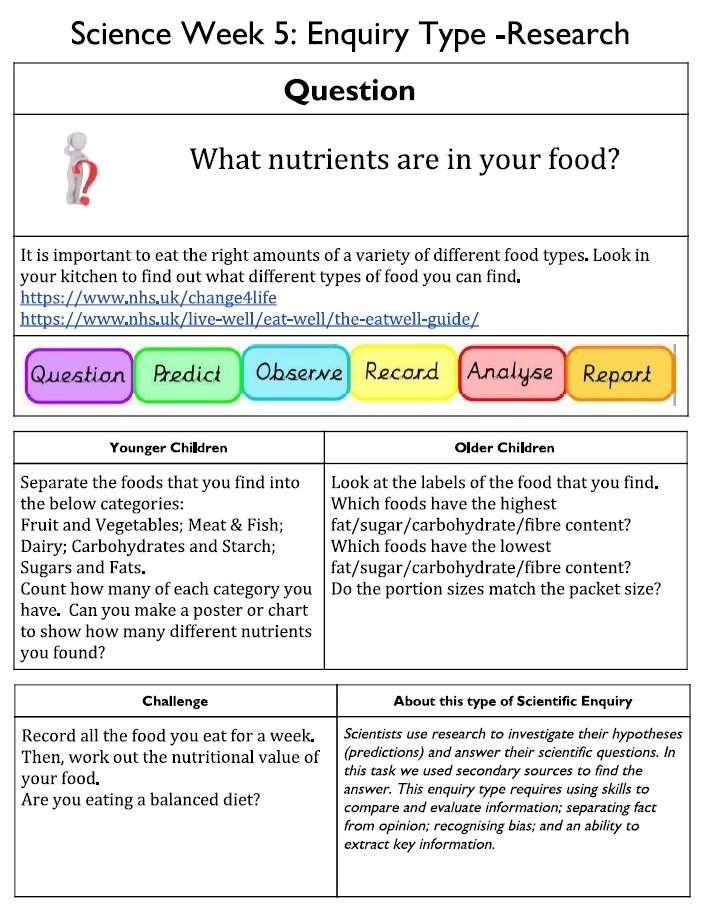
Younger children:
Can you sort the food into different groups: Fruit and Vegetables; Meat & Fish; Dairy; Carbohydrates and Starch; Sugars and Fats. How many things do you have in each group? Have a look at the labels on any packaged food: what kinds of nutrients are in each group?
Older Children:
Look at the labels of the food that you find.
Which foods have the highest fat, sugar, carbohydrate or fibre content?
Which foods have the lowest fat, sugar, carbohydrate or fibre content?
Do the portion sizes match the packet size?
Which food groups have which kinds of nutrients?
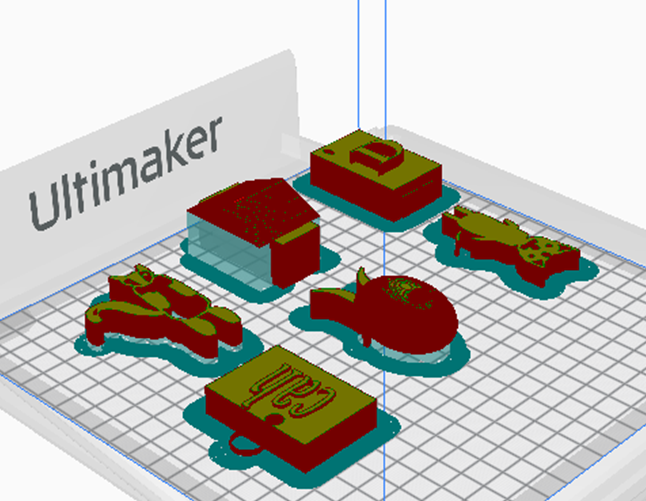


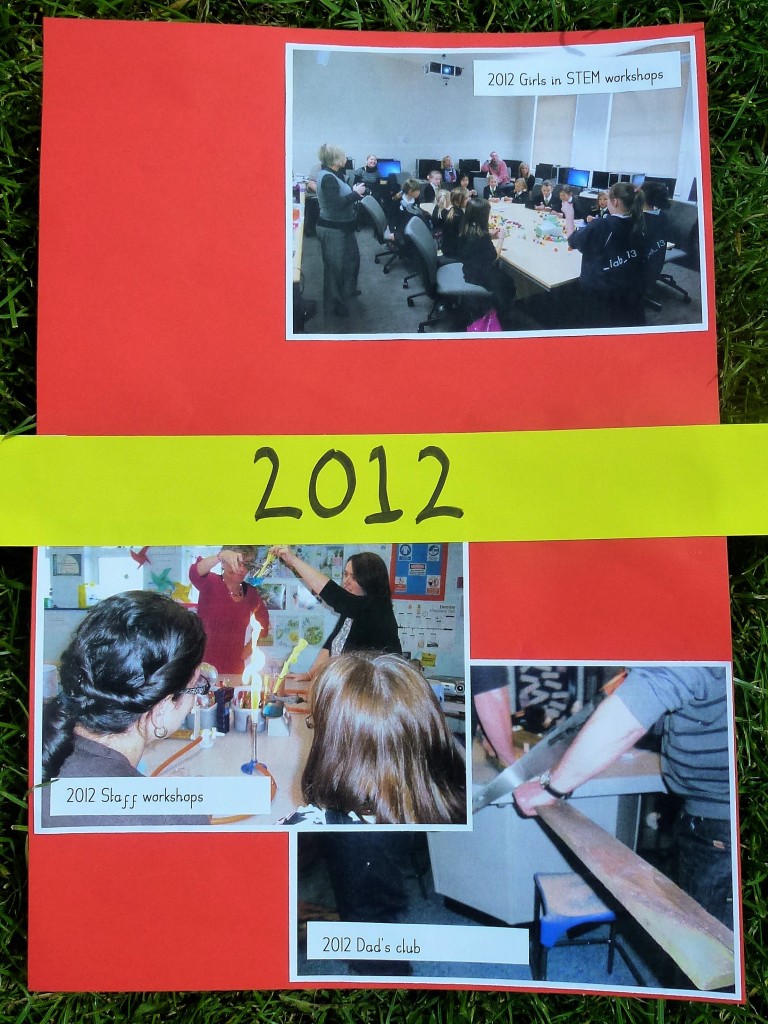








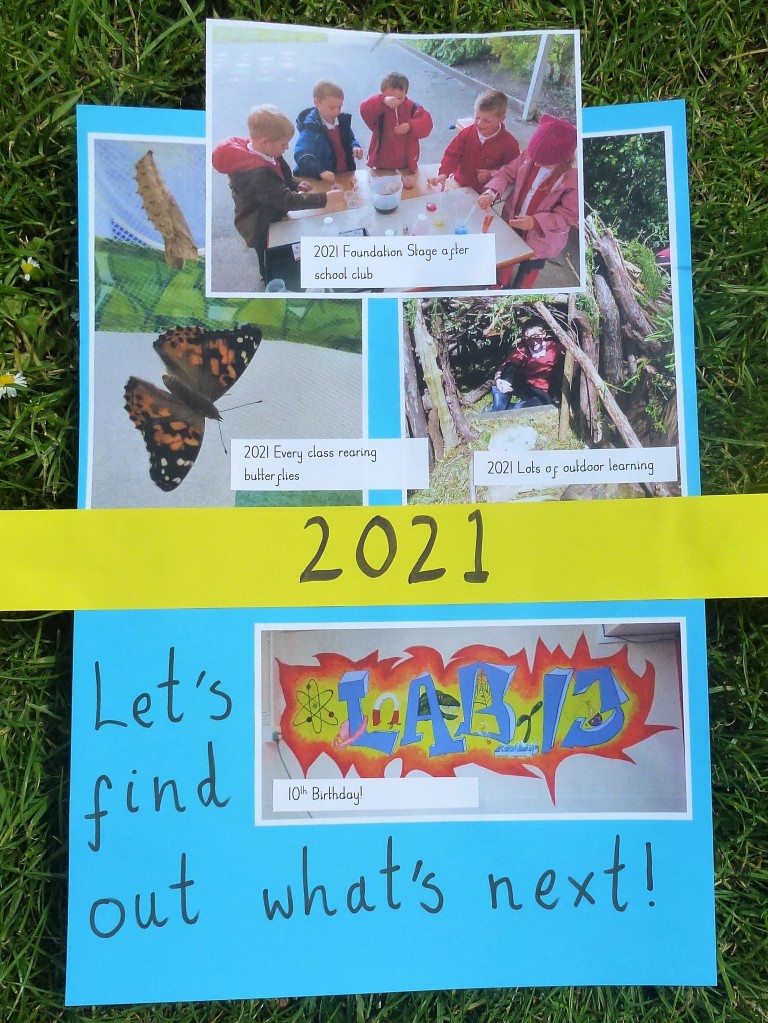
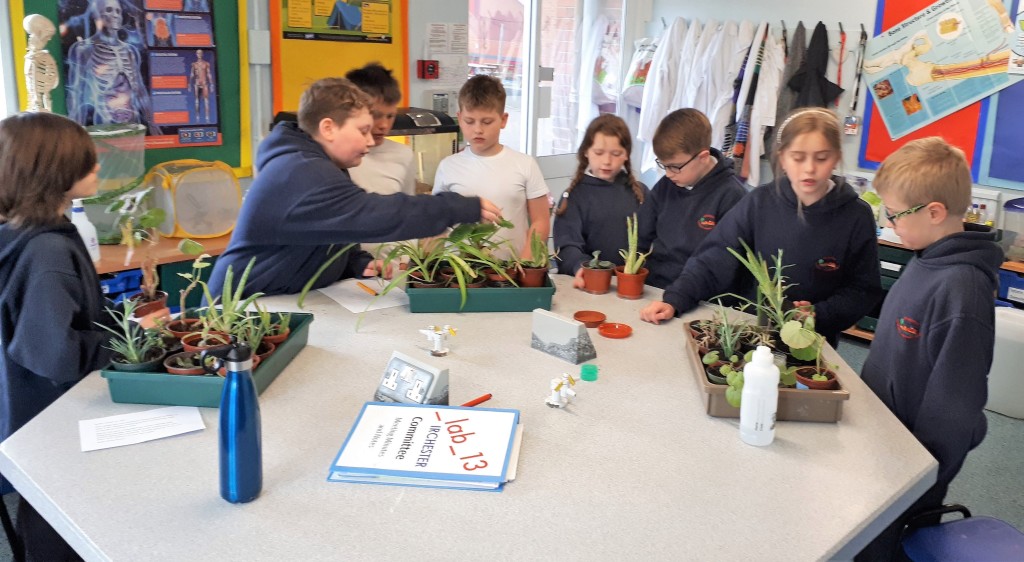
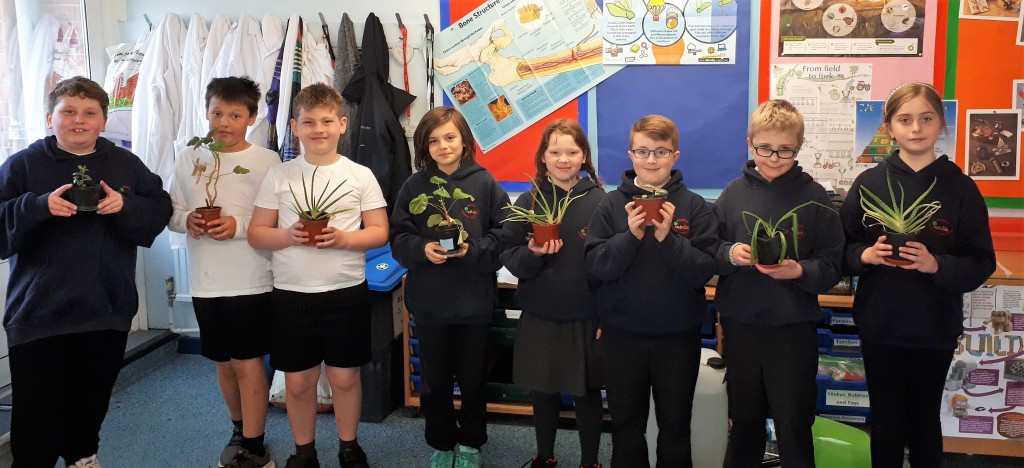




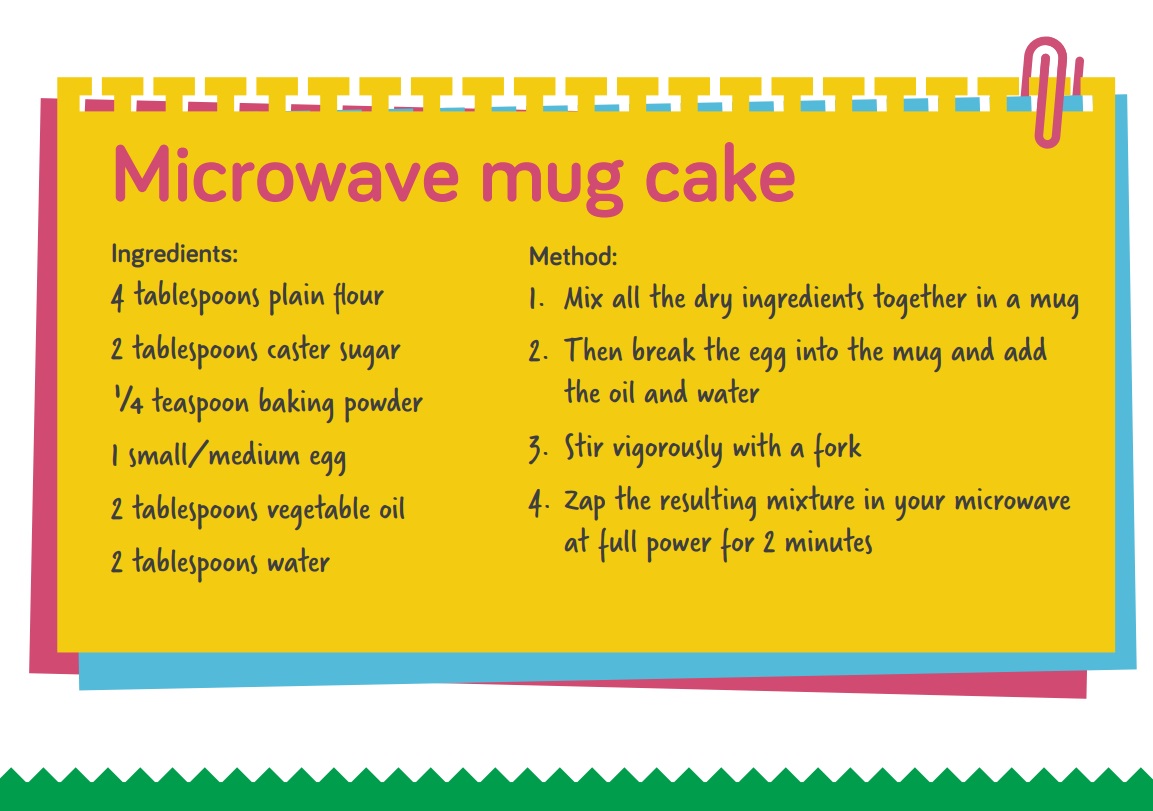
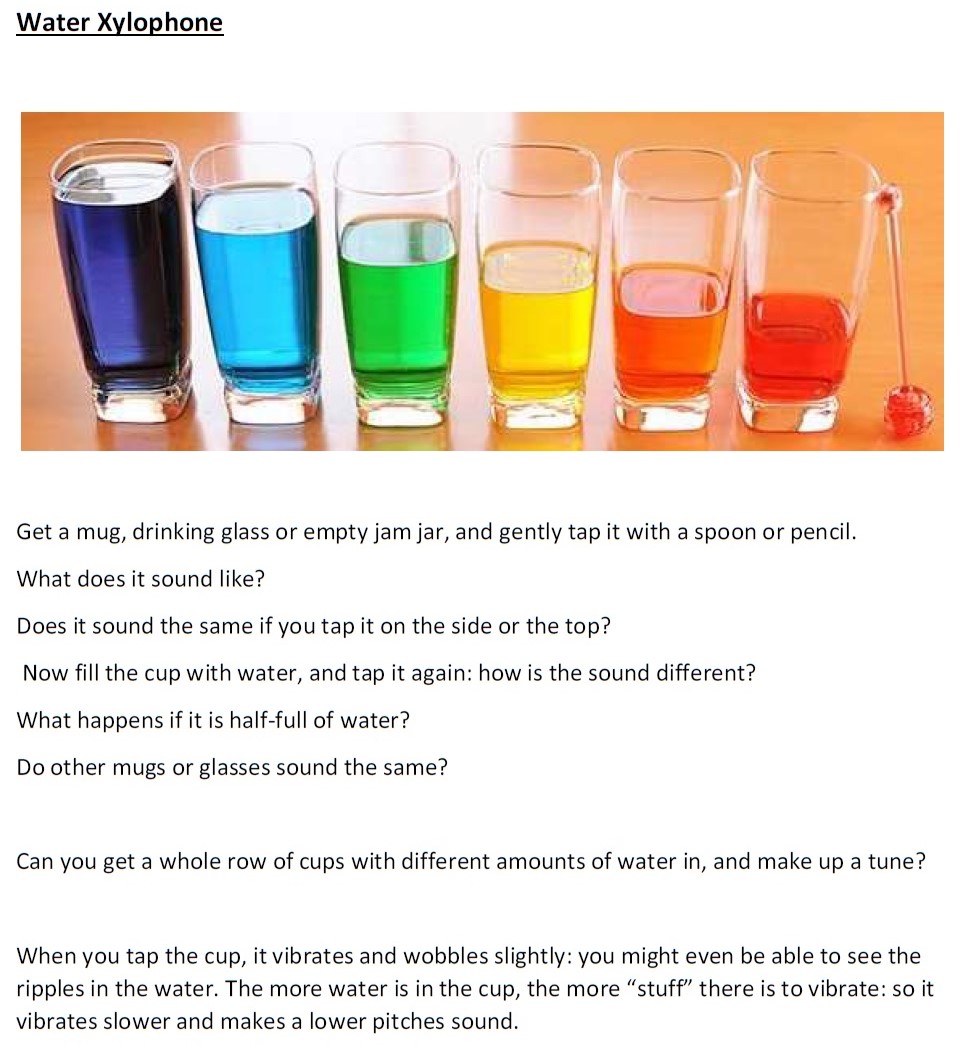



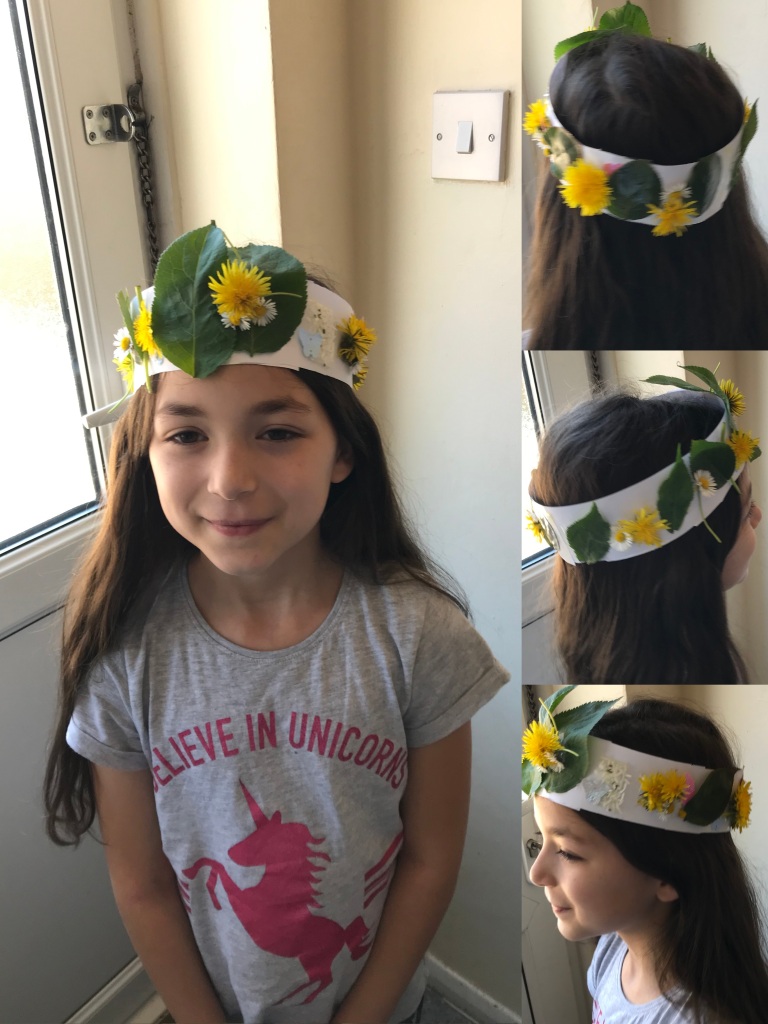


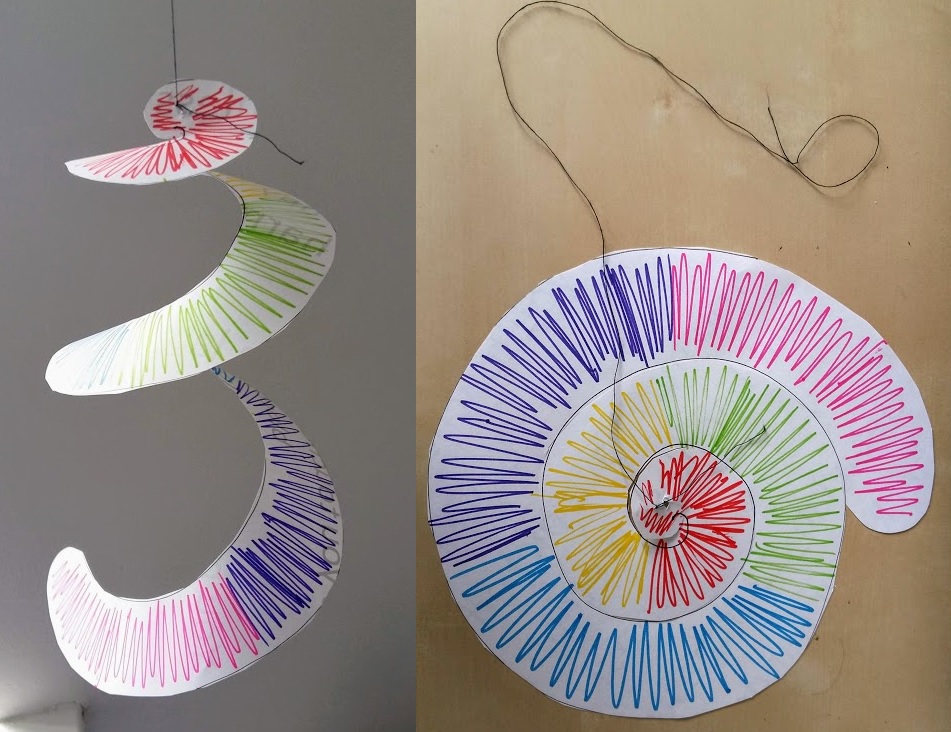

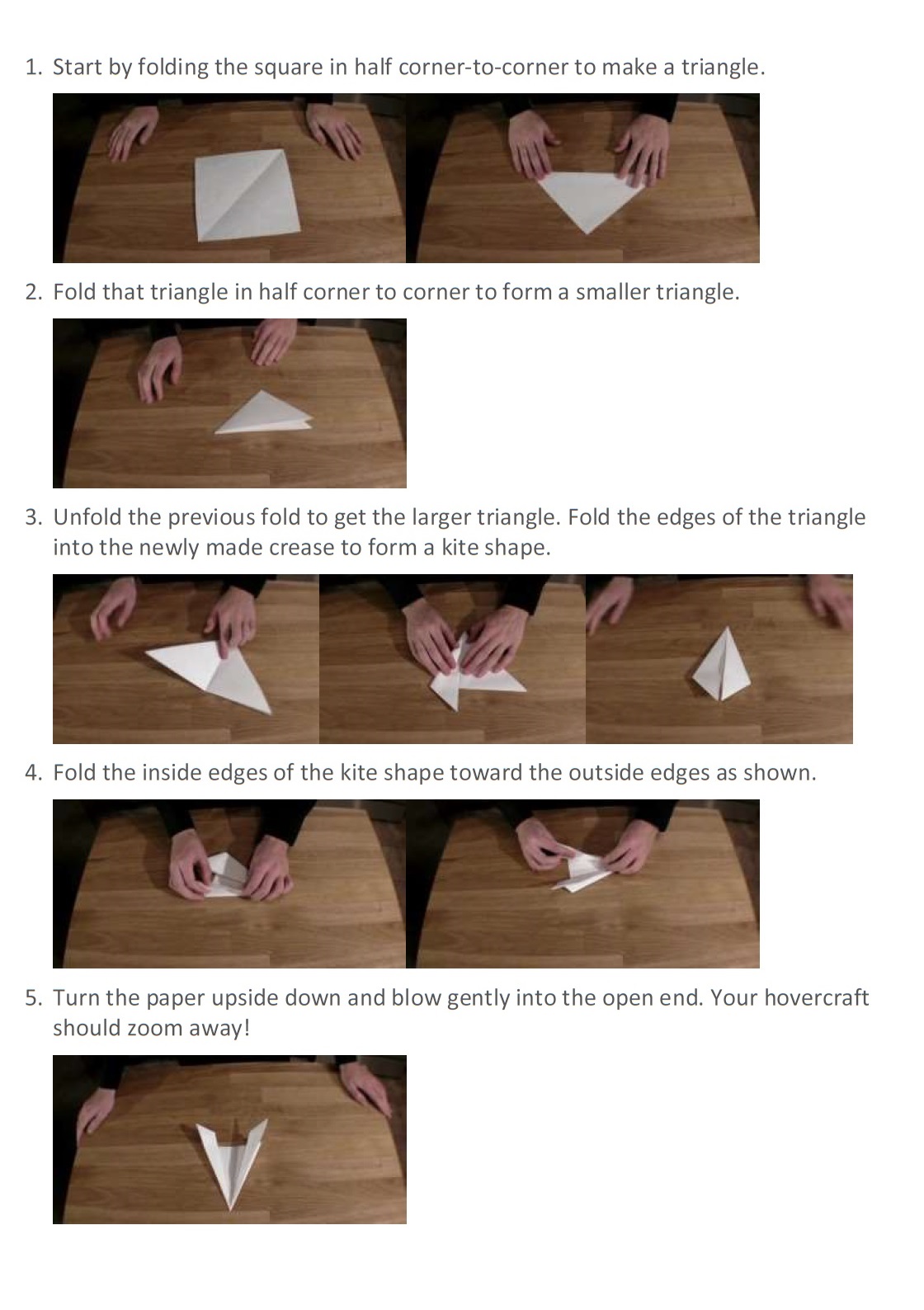 How do you think your hovercraft works?
How do you think your hovercraft works?